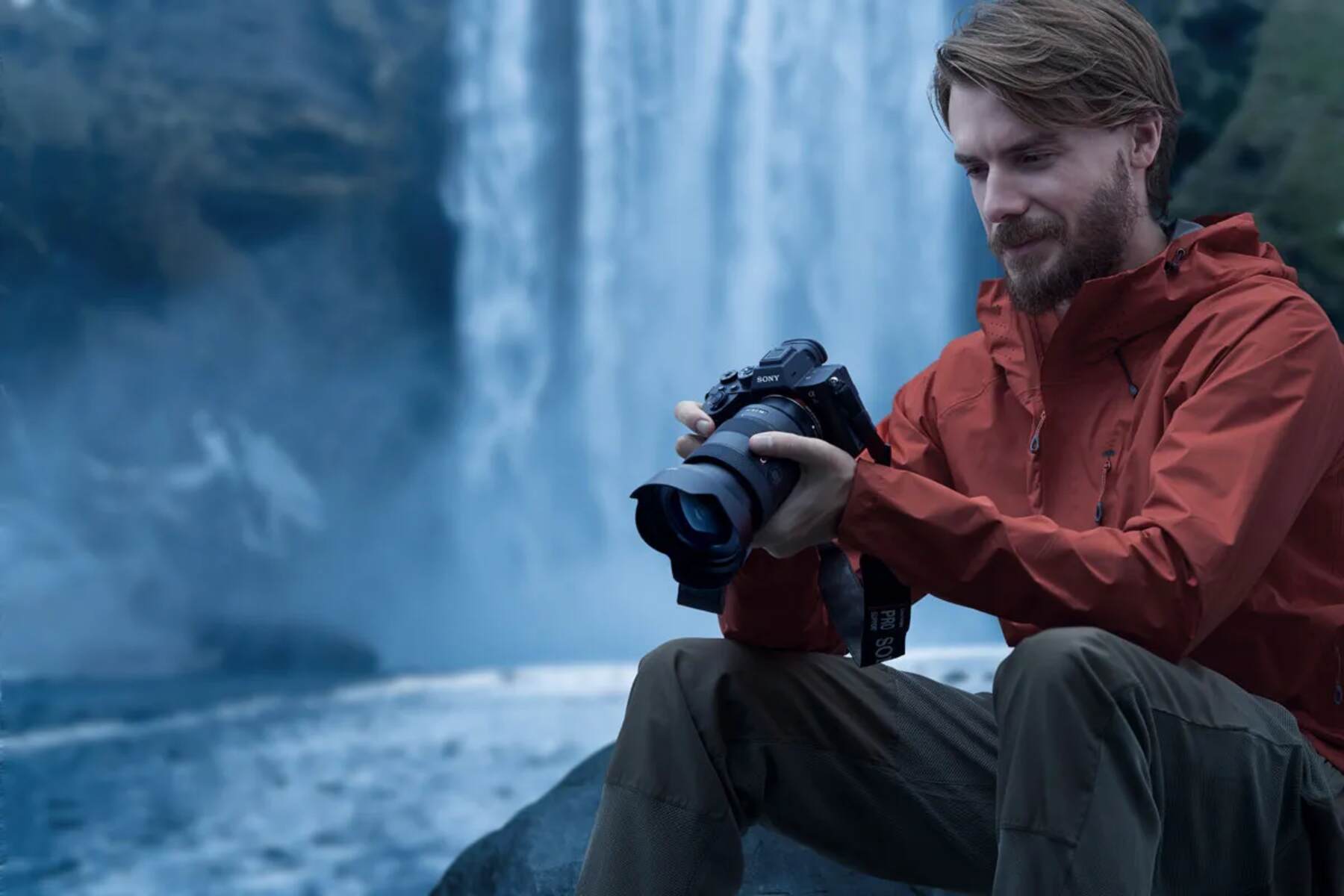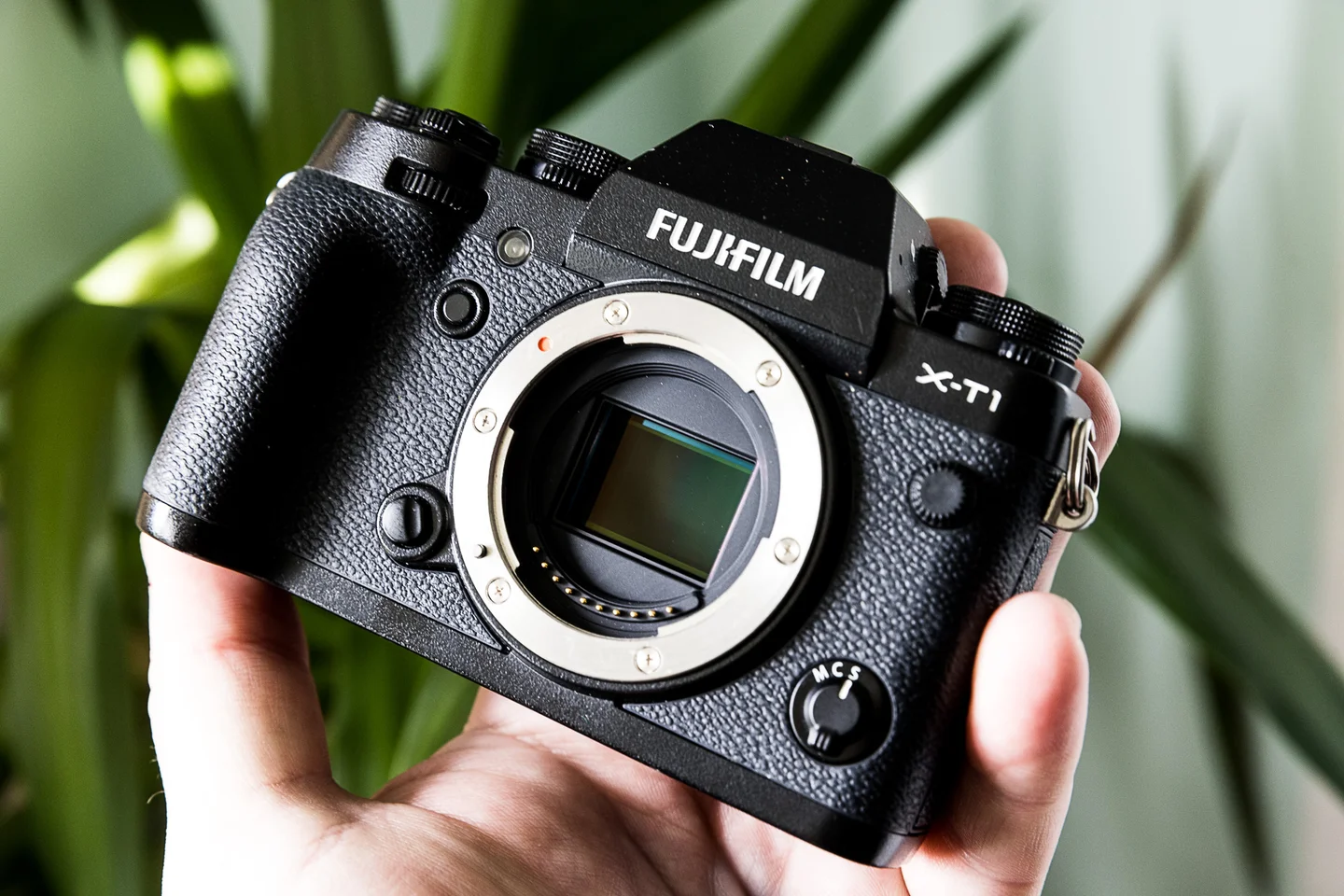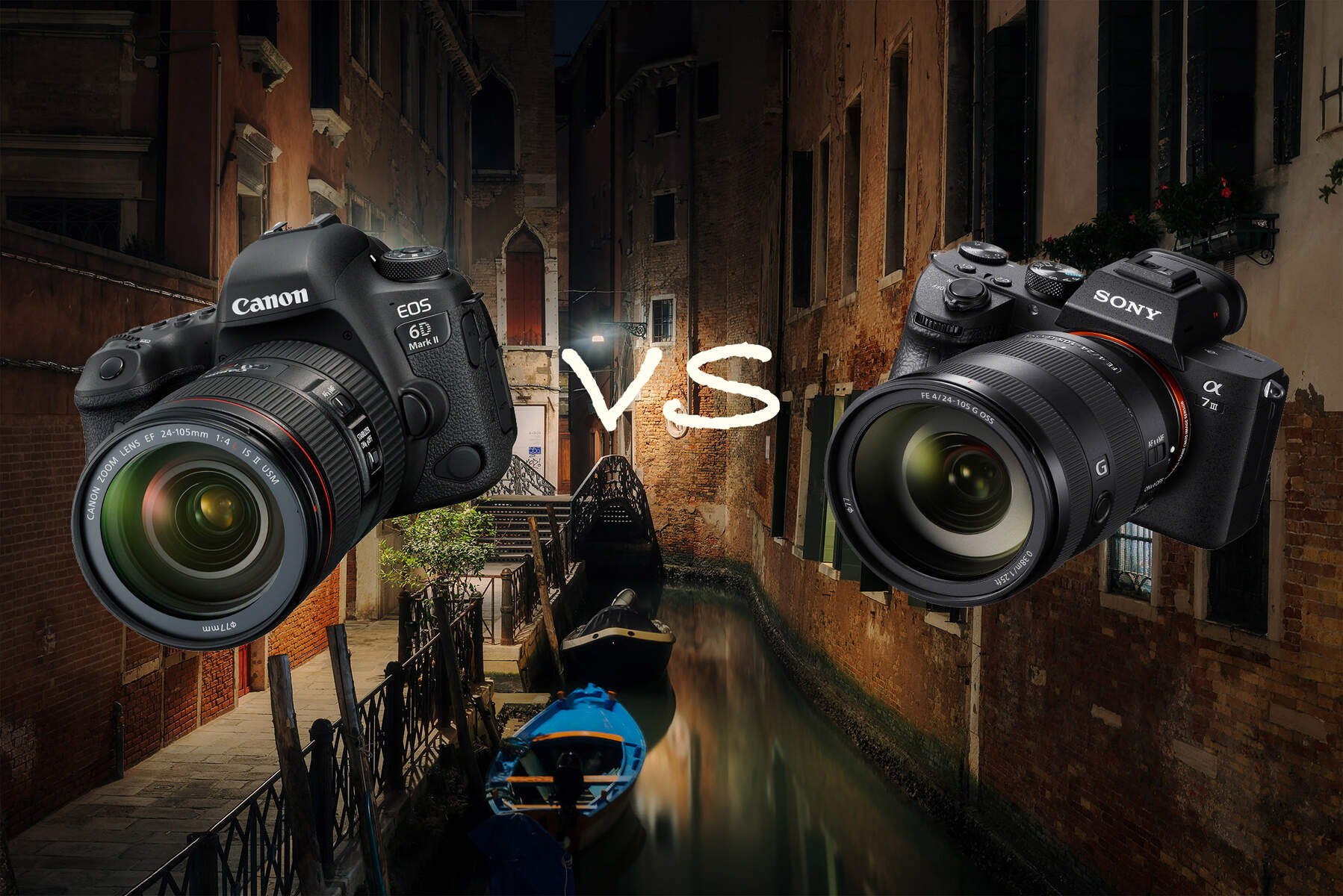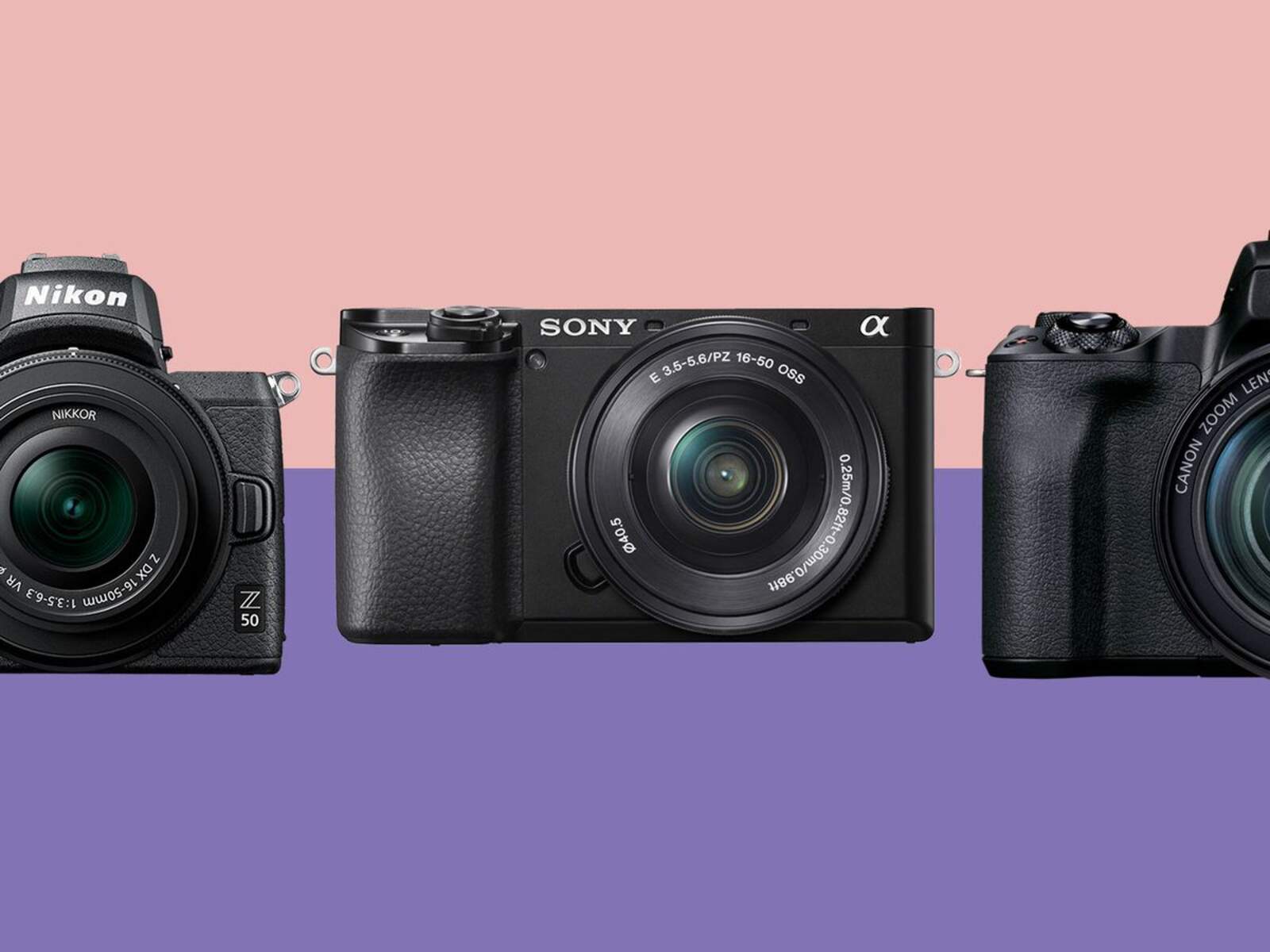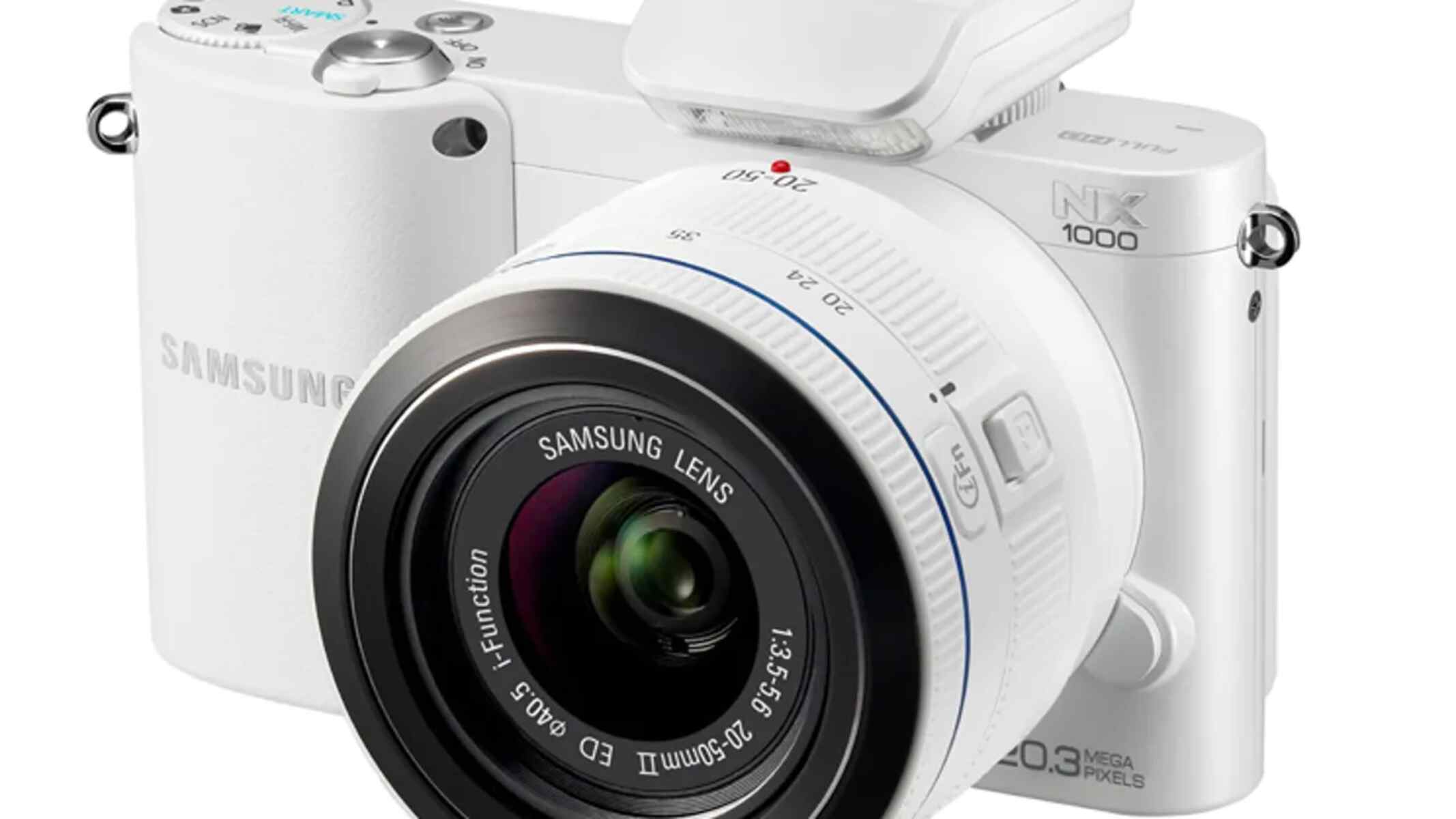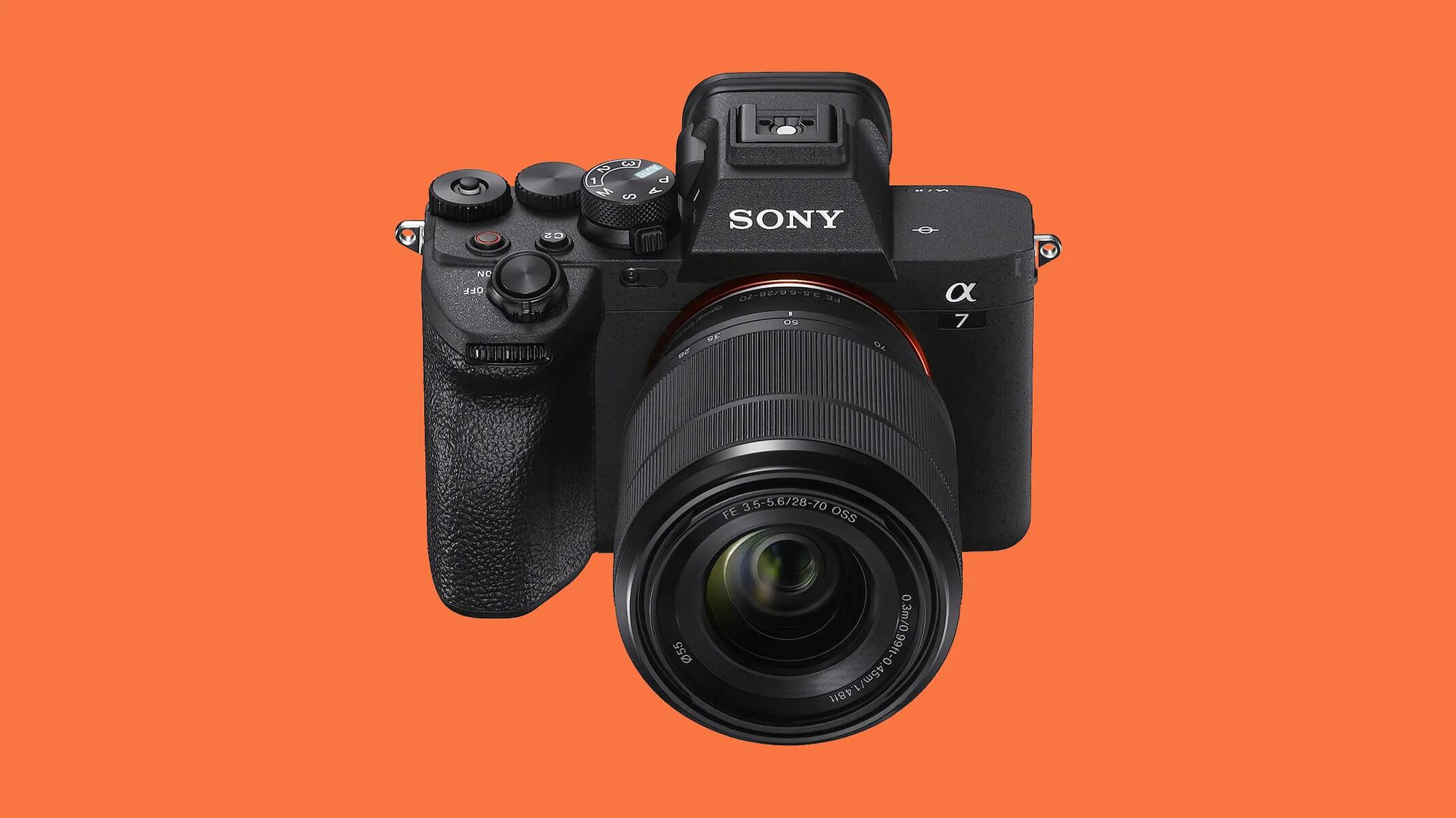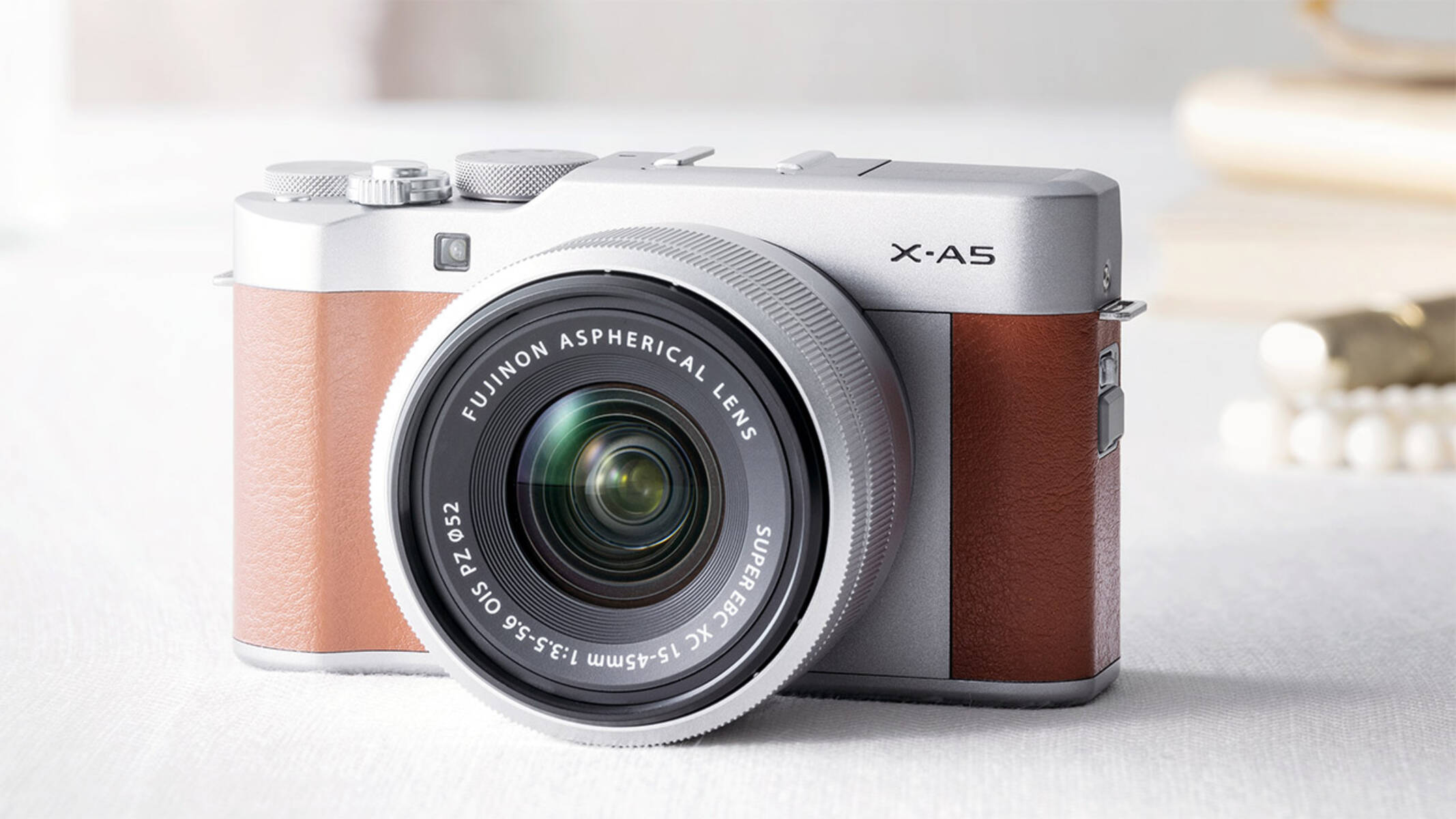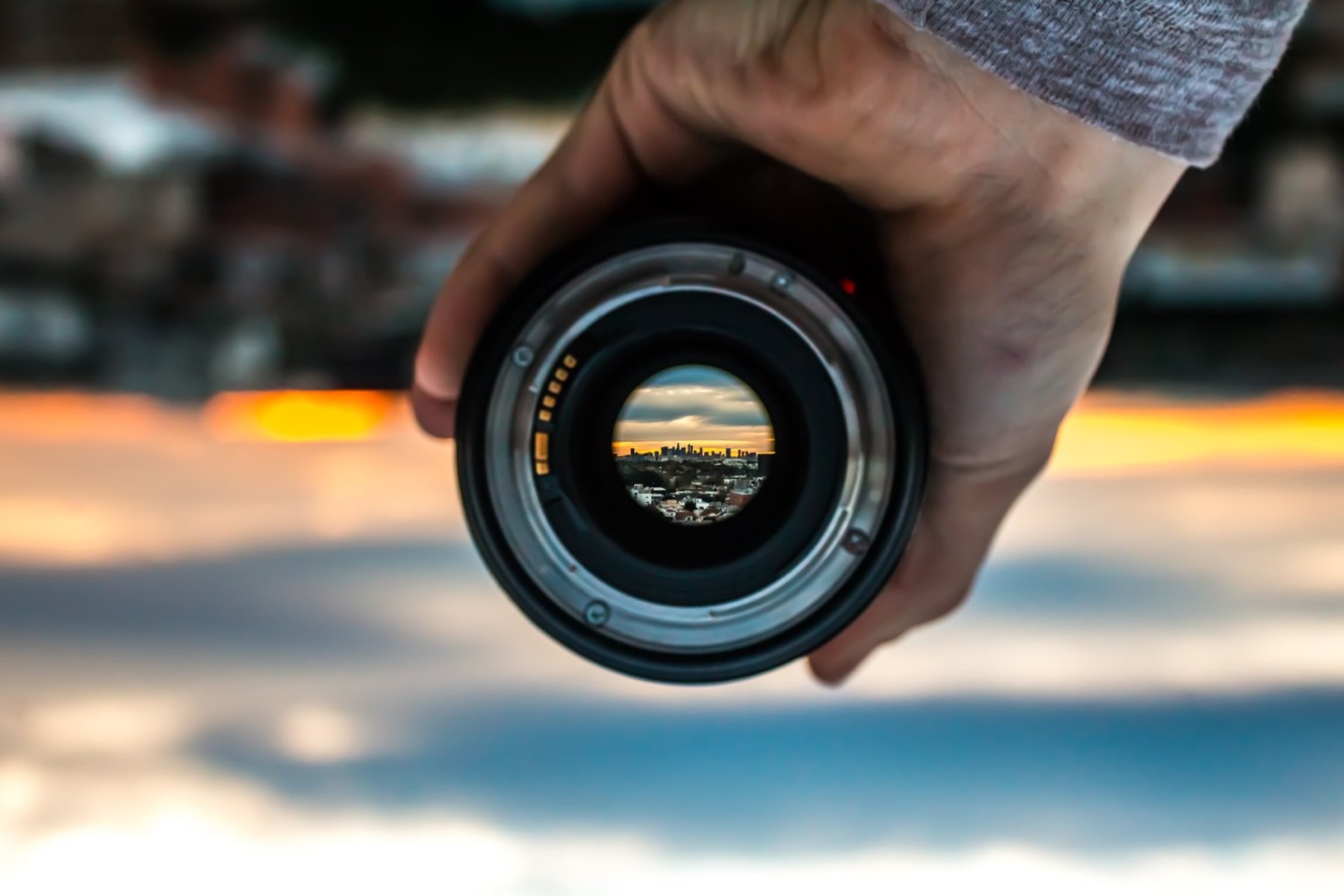Choosing the Right Camera Bag
When traveling with a mirrorless camera, selecting the right camera bag is crucial for ensuring the safety and accessibility of your gear. Here are some key points to consider when choosing the perfect camera bag for your travels:
- Size and Portability: Opt for a bag that is compact and lightweight, allowing you to maneuver through crowded spaces while keeping your camera easily accessible. Look for a bag that fits within airline carry-on restrictions to avoid the hassle of checking it in.
- Protection and Padding: Ensure that the bag provides adequate padding and protection to safeguard your mirrorless camera and lenses from any potential bumps or impacts during transit. Look for customizable compartments to securely hold your gear in place.
- Weather Resistance: Select a bag made from water-resistant materials to shield your camera from unexpected weather conditions. This is especially important if you plan to shoot outdoors or in varying climates.
- Comfort and Ergonomics: Prioritize a bag with comfortable straps and back support to ease the strain of carrying your camera gear for extended periods. Adjustable straps and ergonomic designs can significantly enhance your overall travel experience.
- Additional Features: Consider extra features such as multiple pockets for storing memory cards, batteries, and personal items. Some bags also offer tripod attachments and quick-access compartments for added convenience.
By carefully evaluating these factors, you can confidently select a camera bag that meets your specific travel needs and provides the necessary protection for your mirrorless camera and accessories.
Packing Essential Accessories
When preparing for a journey with your mirrorless camera, it’s essential to pack the right accessories to enhance your photography experience. Here are the must-have accessories to include in your travel kit:
- Lenses: Select versatile lenses that cater to a range of photography styles. A prime lens for low-light conditions, a wide-angle lens for landscapes, and a zoom lens for capturing distant subjects are valuable additions to your kit.
- Memory Cards: Pack an ample supply of high-capacity memory cards to accommodate the volume of photos and videos you plan to capture. It’s advisable to carry multiple cards to avoid running out of storage space during your travels.
- Batteries and Charger: Ensure you have spare camera batteries and a reliable charger to keep your equipment powered throughout your journey. It’s wise to carry extra batteries, especially if you anticipate extended periods of shooting without access to charging facilities.
- Cleaning Kit: Include a lens cloth, blower brush, and lens cleaning solution to maintain the pristine condition of your camera and lenses. Dust and smudges can compromise the quality of your images, so regular cleaning is essential.
- Portable Tripod: A compact and sturdy tripod can be invaluable for capturing stable shots in various lighting conditions. Look for a lightweight tripod that can be easily transported and set up for long exposure or low-light photography.
By packing these essential accessories, you can maximize the versatility and functionality of your mirrorless camera while ensuring that you are well-prepared to capture stunning images throughout your travels.
Protecting Your Camera
Protecting your mirrorless camera from potential damage is paramount when traveling. Here are essential tips to safeguard your valuable equipment:
- Use a Camera Strap: Attach a sturdy and comfortable camera strap to prevent accidental drops and provide added security when shooting in bustling or precarious environments.
- Invest in a Camera Case: Consider investing in a durable and well-padded camera case to shield your camera body and lenses from impact and environmental elements. A protective case is particularly vital when transporting your camera in a larger bag or luggage.
- Handle with Care: Exercise caution when handling your camera and avoid exposing it to extreme temperatures, moisture, or direct sunlight for prolonged periods. Proper handling can significantly extend the lifespan of your equipment.
- Utilize Lens Filters: Apply high-quality UV or protective filters to your lenses to provide an additional layer of defense against scratches, dust, and minor impacts. These filters can be easily replaced if damaged, preserving the integrity of your primary lens.
- Secure Storage: When not in use, store your camera and accessories in a secure and dry location. Avoid leaving them exposed or unattended to minimize the risk of theft or accidental damage.
By implementing these protective measures, you can mitigate the potential risks to your mirrorless camera and enjoy peace of mind while capturing memorable moments during your travels.
Maximizing Battery Life
Ensuring that your mirrorless camera’s battery remains charged throughout your travels is essential for capturing uninterrupted moments. Here are effective strategies to maximize your camera’s battery life:
- Carry Spare Batteries: Always carry at least one or two fully charged spare batteries to avoid disruptions during extended photo sessions. This provides a reliable backup in case the primary battery depletes unexpectedly.
- Power Saving Mode: Activate the camera’s power-saving mode to conserve battery life when not actively shooting. This feature typically dims the display and automatically powers down the camera after a period of inactivity, extending battery longevity.
- Disable Non-Essential Features: Turn off any unnecessary features such as Wi-Fi, Bluetooth, or GPS when not in use. These functions can drain the battery even when the camera is idle, so disabling them can significantly prolong battery life.
- Monitor Battery Health: Regularly check the condition of your camera’s batteries and replace any aging or deteriorating ones. Over time, batteries lose their capacity, so it’s important to maintain a supply of reliable and fully functional batteries.
- Optimize Shooting Settings: Adjust the camera’s settings to optimize power consumption. Lowering the display brightness, minimizing continuous autofocus usage, and reducing the frequency of image previews can contribute to prolonged battery life.
By implementing these battery-saving techniques and staying prepared with spare batteries, you can confidently capture your travel experiences without the worry of running out of power at critical moments.
Making the Most of Your Camera’s Features
Maximizing the capabilities of your mirrorless camera enhances your photography experience and allows you to capture stunning images during your travels. Here are key features to leverage for optimal results:
- Customizable Settings: Familiarize yourself with the camera’s customizable settings to tailor the controls and functions to your shooting preferences. Adjusting parameters such as exposure, white balance, and focus modes empowers you to capture images with precision.
- Utilize Autofocus Modes: Explore the various autofocus modes available on your camera, including single-point, continuous, and tracking modes. Understanding and utilizing these modes enables you to capture sharp and well-focused images, especially in dynamic or fast-paced scenes.
- Experiment with Creative Modes: Take advantage of the camera’s creative modes, such as panorama, time-lapse, and multiple exposure settings, to add artistic flair to your photographs. These features offer unique opportunities to express your creativity and capture captivating visuals.
- Master Manual Controls: Embrace manual shooting modes to have full control over exposure settings, aperture, and shutter speed. This level of control is invaluable for capturing challenging lighting conditions and achieving desired artistic effects.
- Wireless Connectivity: If your camera is equipped with wireless connectivity, leverage this feature to transfer images to your mobile device for quick sharing on social media or for remote shooting using a smartphone or tablet as a viewfinder.
By familiarizing yourself with and capitalizing on these features, you can elevate your photography skills and unlock the full potential of your mirrorless camera, resulting in captivating and memorable travel imagery.
Tips for Taking Great Photos
Capturing exceptional travel photos with your mirrorless camera requires a blend of technical proficiency and creative vision. Consider the following tips to elevate the quality of your photographs:
- Scout for Unique Perspectives: Seek out distinctive vantage points and viewpoints to capture compelling and original compositions. Experiment with different angles and positions to add depth and visual interest to your images.
- Embrace Natural Light: Leverage natural light to enhance the mood and atmosphere of your photos. Pay attention to the direction and quality of light, and consider shooting during the golden hours of sunrise and sunset for soft, warm illumination.
- Capture Authentic Moments: Look for candid and genuine moments that convey the essence of your travel experiences. Candid shots often encapsulate the true spirit and emotions of a scene, resulting in more evocative and storytelling images.
- Compose Thoughtfully: Apply the principles of composition, such as the rule of thirds, leading lines, and framing, to create visually engaging and balanced photographs. Thoughtful composition can draw the viewer’s eye into the image and convey a sense of harmony and visual appeal.
- Experiment with Depth of Field: Explore the creative possibilities of shallow depth of field to isolate subjects and create a sense of depth in your images. Adjusting aperture settings allows you to control the background blur and emphasize your main subject.
- Stay Ready for Spontaneous Shots: Keep your camera easily accessible to swiftly capture unexpected and fleeting moments. Being prepared to react quickly ensures that you don’t miss out on remarkable photo opportunities.
By integrating these tips into your photography approach, you can elevate the impact and storytelling quality of your travel photos, creating a compelling visual narrative of your experiences.







